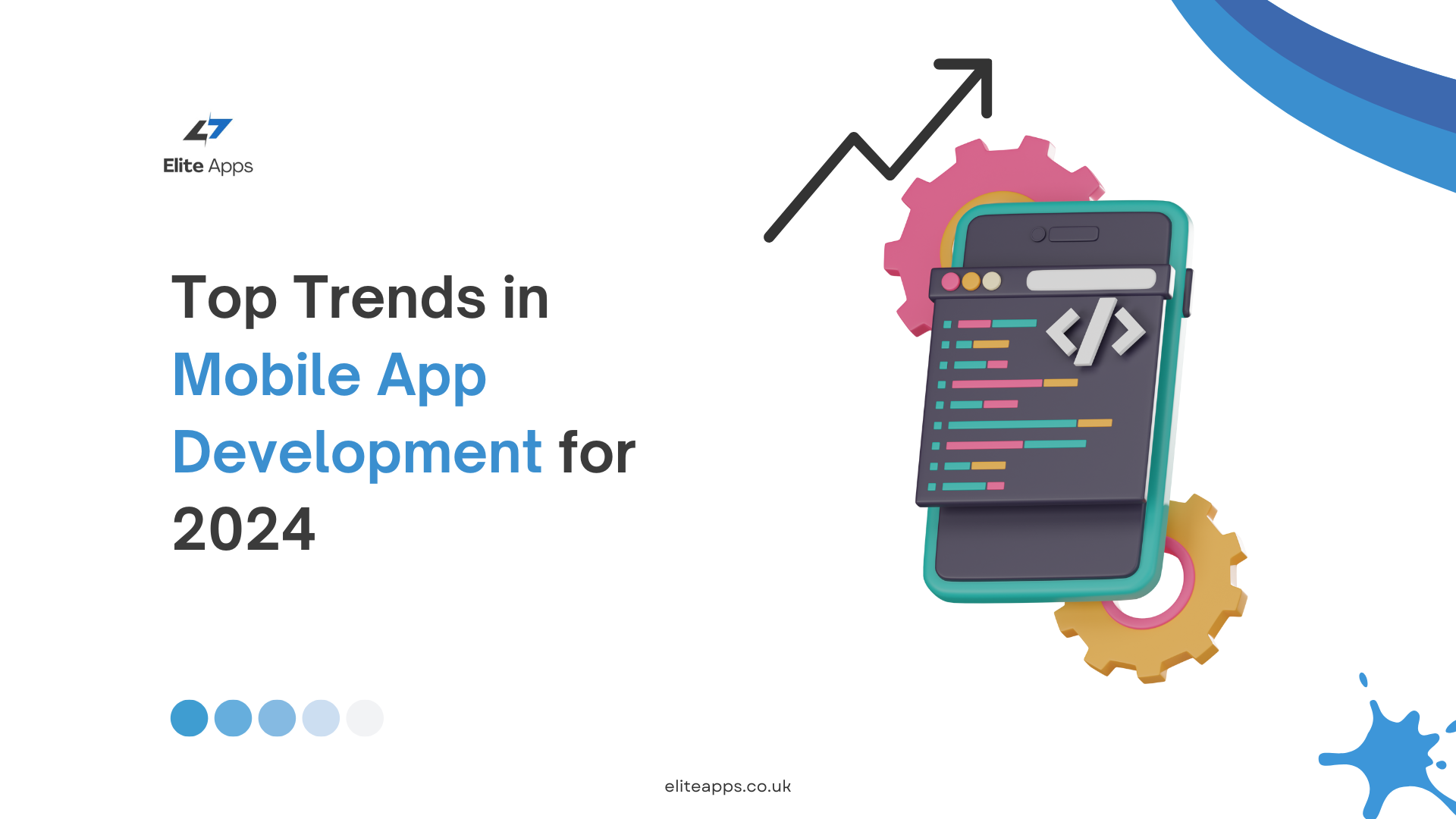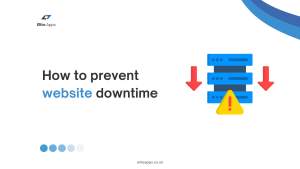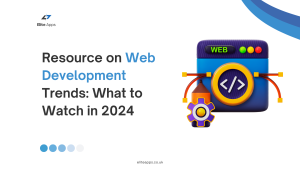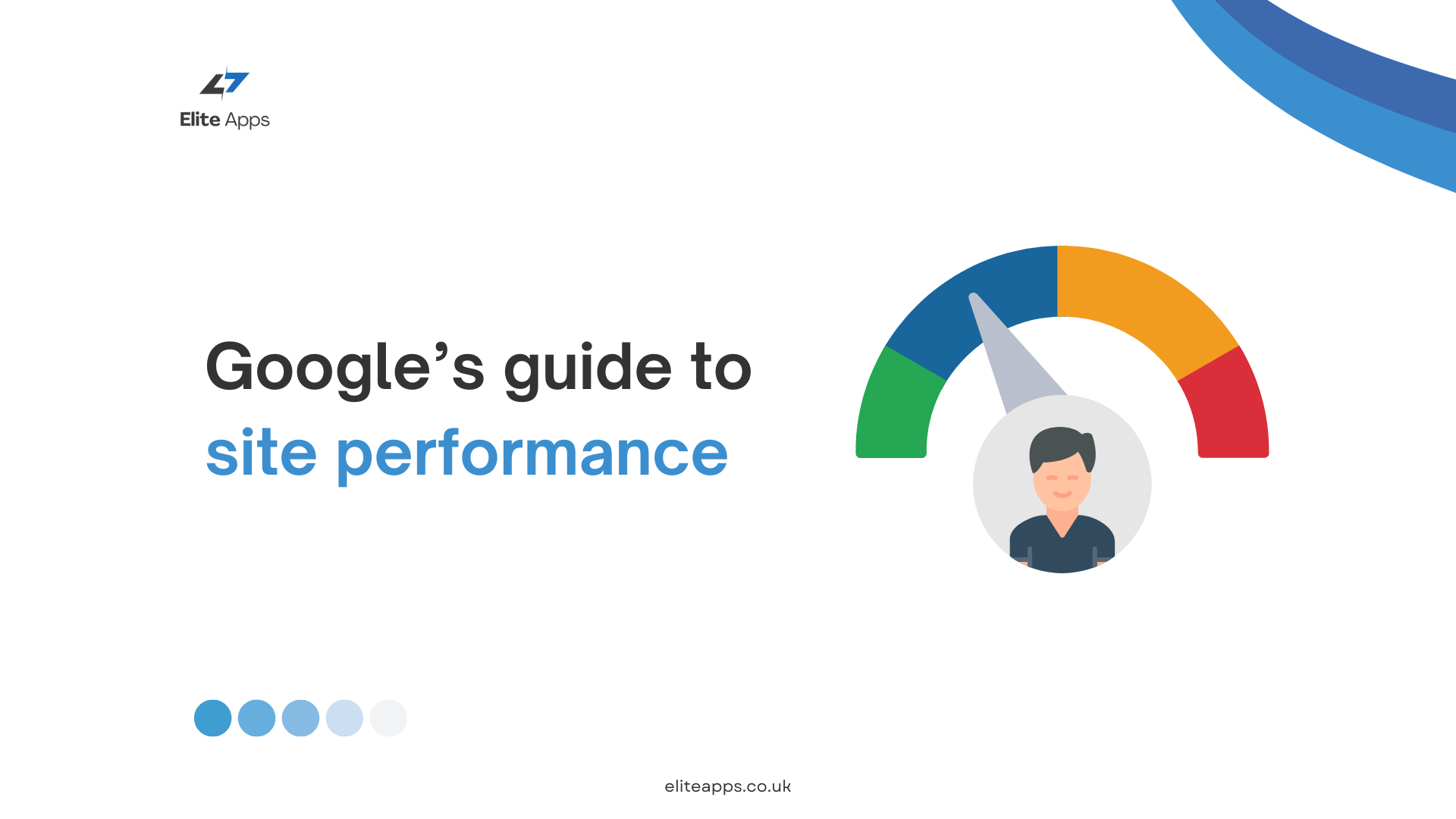Top Trends in Mobile App Development for 2024
The mobile app development landscape is constantly evolving, driven by technological advancements, user expectations, and market dynamics. As we move into 2024, developers and businesses need to stay ahead of the curve by embracing the latest trends in mobile app development. This blog will explore the top trends shaping the mobile app industry this year, helping you to innovate and remain competitive.
1. AI and Machine Learning Integration
Artificial Intelligence (AI) and Machine Learning (ML) have become pivotal in enhancing user experiences in mobile applications. In 2024, we can expect to see even deeper integration of AI and ML in various aspects of app functionality. From personalized content recommendations to intelligent chatbots and predictive analytics, these technologies allow developers to create smarter and more responsive apps.
For instance, applications in the e-commerce sector are increasingly using AI to analyze user behavior and recommend products, thus improving user engagement and conversion rates.
Key Benefits:
- Enhanced user personalization
- Improved customer support with AI chatbots
- Predictive analytics for better decision-making
For more insights into AI in mobile apps, check out AI in Mobile Applications.
2. 5G Technology Adoption
With the rollout of 5G technology, mobile apps are set to become faster and more reliable. This technology promises significantly reduced latency, increased download speeds, and the ability to handle more connected devices. As a result, developers can create apps that deliver high-quality video streaming, augmented reality (AR) experiences, and real-time gaming without lag.
Businesses that leverage 5G technology can enhance user experiences, making apps more responsive and engaging.
Implications of 5G:
- Enhanced real-time communication
- Better performance for data-intensive apps
- New opportunities for AR and VR applications
To learn more about the impact of 5G on mobile development, visit 5G and Mobile App Development.
3. Cross-Platform Development Frameworks
Cross-platform development frameworks like Flutter and React Native are gaining traction as they allow developers to build apps for multiple platforms (iOS and Android) from a single codebase. This approach significantly reduces development time and costs while maintaining app performance and user experience.
In 2024, the demand for cross-platform solutions will continue to grow as businesses seek faster time-to-market and broader audience reach.
Advantages of Cross-Platform Development:
- Faster development cycles
- Cost-effective solutions
- Consistent user experience across platforms
To explore the benefits of cross-platform development further, check out Cross-Platform Development Frameworks.
4. Increased Focus on App Security
As mobile app usage continues to soar, so do the threats to app security. In 2024, app developers must prioritize security measures to protect user data and maintain trust. This includes implementing robust authentication methods, end-to-end encryption, and regular security audits.
Compliance with regulations such as GDPR and CCPA will also become essential, driving the need for developers to create secure and privacy-conscious applications.
Security Best Practices:
- Utilize secure coding practices
- Implement two-factor authentication
- Regularly update and patch applications
Learn more about mobile app security in this comprehensive guide.
5. Augmented Reality (AR) and Virtual Reality (VR)
AR and VR technologies are transforming how users interact with apps. From gaming and entertainment to education and e-commerce, AR and VR create immersive experiences that captivate users. In 2024, we can expect a surge in AR and VR applications, particularly in retail, where customers can visualize products in their own space before making a purchase.
The integration of AR and VR can provide unique selling propositions and enhance user engagement, making it a crucial trend for businesses to consider.
Use Cases:
- Virtual fitting rooms in fashion apps
- AR navigation for real estate applications
- Immersive training and simulation in education apps
To learn more about AR and VR applications, visit The Future of AR and VR.
6. No-Code and Low-Code Development
The rise of no-code and low-code development platforms is revolutionizing mobile app development. These platforms enable users with little to no coding experience to create functional apps quickly and efficiently. In 2024, we will see more businesses leveraging these platforms to prototype ideas, develop MVPs (Minimum Viable Products), and streamline the development process.
This trend empowers non-developers to participate in the app creation process, fostering innovation and reducing dependency on development teams.
Benefits of No-Code and Low-Code Development:
- Faster app development
- Increased collaboration between technical and non-technical teams
- Cost savings on development resources
For more on no-code and low-code platforms, check out The Rise of No-Code Development.
7. Internet of Things (IoT) Integration
The integration of IoT with mobile apps is on the rise, allowing users to control smart devices directly from their smartphones. As more IoT devices enter the market, mobile apps will increasingly serve as central hubs for managing these devices, enhancing user convenience and functionality.
In 2024, we can expect to see innovations in smart home applications, wearables, and industrial IoT solutions that improve efficiency and connectivity.
IoT Opportunities:
- Smart home automation apps
- Health monitoring applications for wearables
- Industrial IoT solutions for real-time data analytics
Learn more about IoT integration in mobile apps from this article on IoT and Mobile Development.
8. Sustainability and Eco-Friendly Apps
As environmental concerns grow, there’s a rising demand for sustainable and eco-friendly mobile applications. Developers are increasingly focused on creating apps that promote sustainability, whether by encouraging eco-friendly practices or providing information about sustainable products and services.
In 2024, businesses that prioritize sustainability in their app development will likely attract more environmentally conscious consumers.
Sustainability Features:
- Carbon footprint tracking
- Eco-friendly product recommendations
- Community-driven sustainability initiatives
For more insights into sustainable app development, check out Sustainable Mobile Apps.
9. Blockchain Technology
Blockchain technology is making waves in mobile app development, especially in areas such as finance, healthcare, and supply chain management. By leveraging blockchain, developers can create secure, transparent, and decentralized applications that enhance trust and data integrity.
In 2024, we will see more applications utilizing blockchain for secure transactions, identity verification, and data sharing.
Potential Blockchain Use Cases:
- Secure digital wallets for cryptocurrency
- Decentralized applications (dApps) for various industries
- Supply chain transparency and tracking
To learn more about blockchain in app development, visit Blockchain Technology in Mobile Apps.
Conclusion
As we enter 2024, staying abreast of these mobile app development trends is crucial for developers, businesses, and marketers. By embracing advancements such as AI, 5G technology, and cross-platform development, you can create innovative, user-friendly, and secure applications that meet the evolving demands of today’s consumers.
Investing in these trends will not only enhance user experiences but also position your business for success in an increasingly competitive landscape. As technology continues to evolve, adapting to these trends will be key to creating impactful mobile applications in 2024 and beyond.








